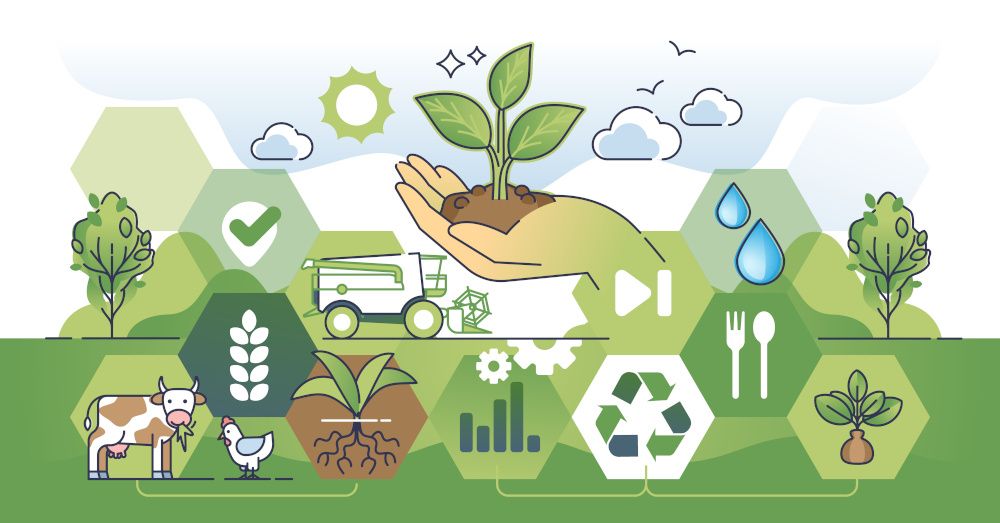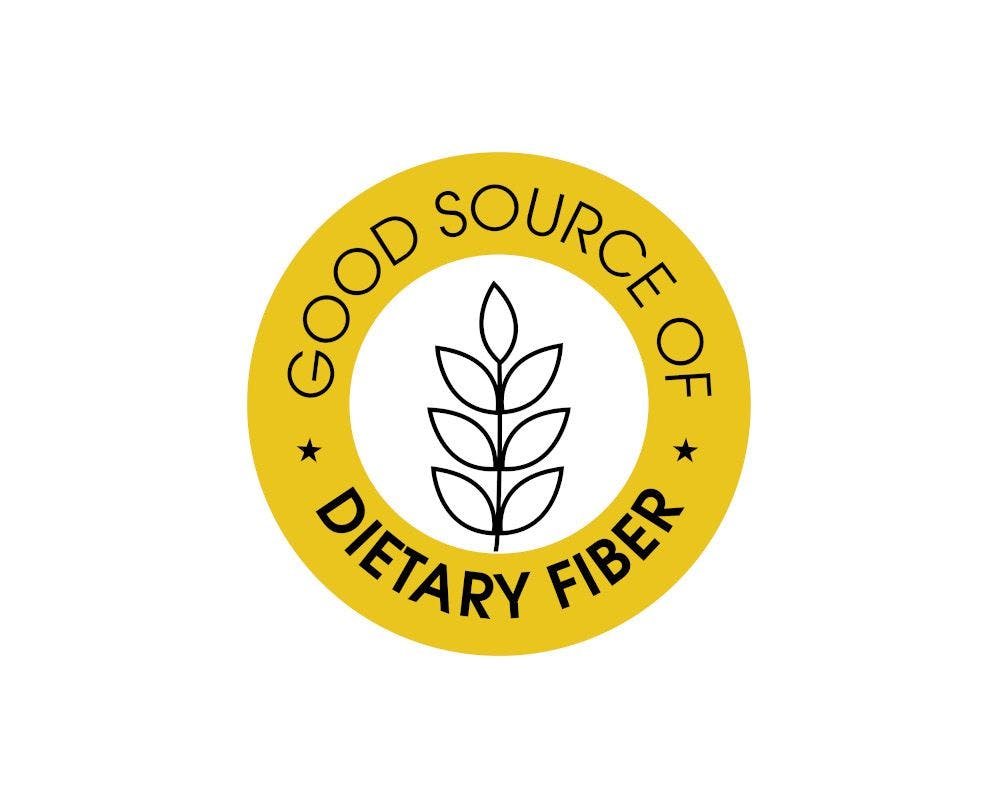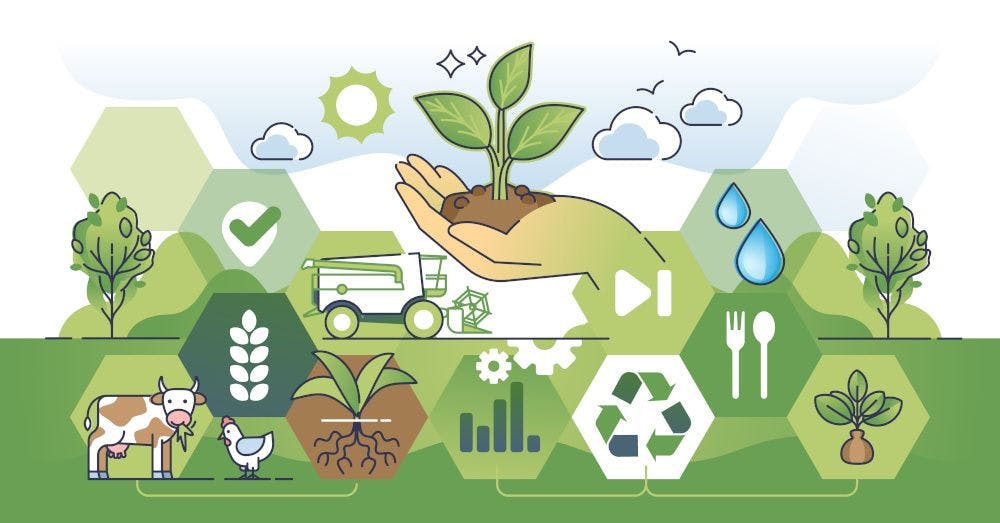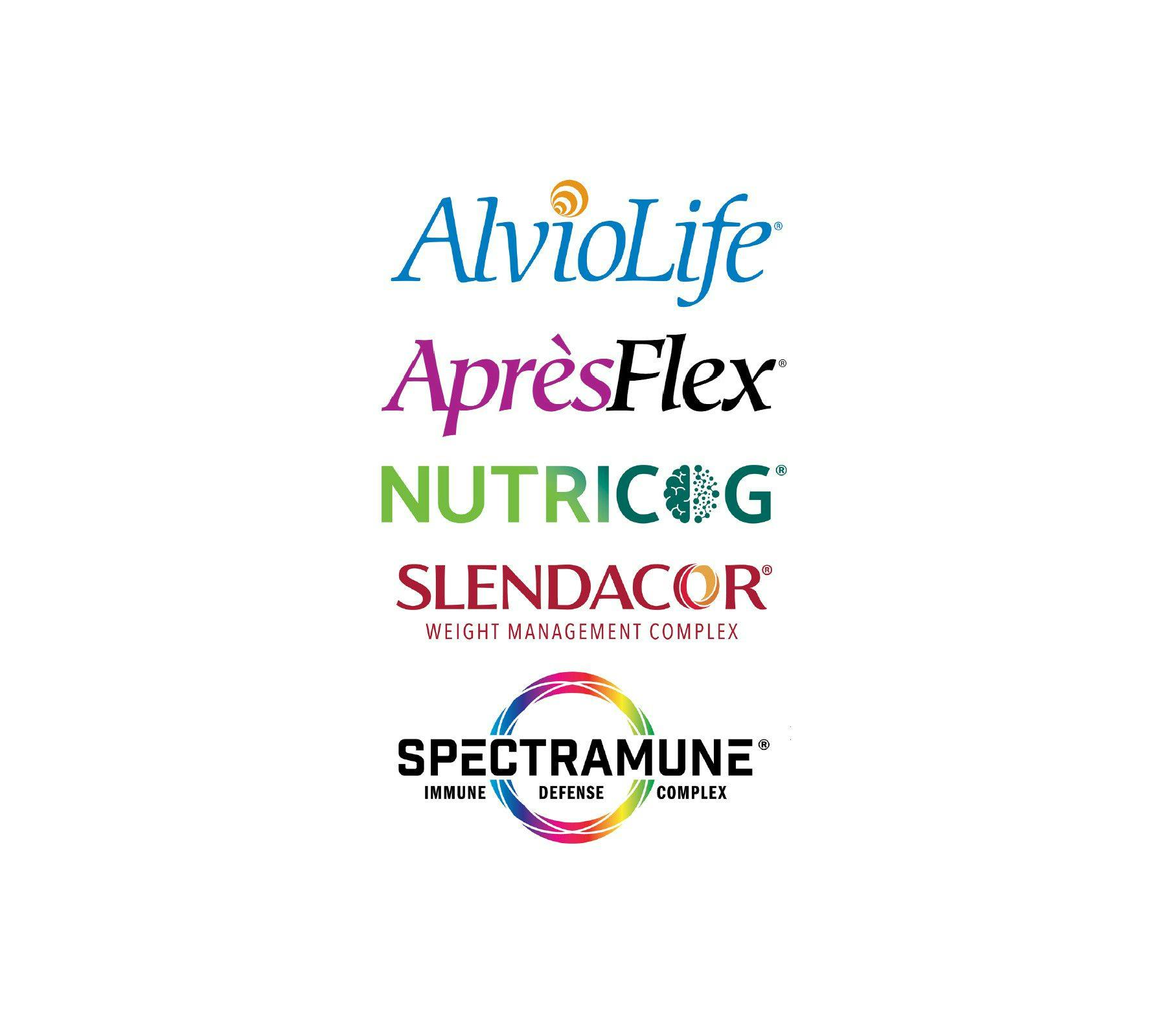Regenerative and Organic: How do both fit into farming’s future?
And how do the two differ?
In an era that seems to prize all things short-term, the sustainable production of food has somewhat counterintuitively become a “sexy” subject. And while this is a cultural triumph worth celebrating, consumers and food producers alike have yet to fully wrap their brains around just what “sustainable” food production actually looks like on the ground—both literally and figuratively.
Take, for example, the lingering ambiguity surrounding regenerative versus organic agriculture. While the distinctions between the two may seem minor details to the uninitiated, the importance of both practices in maintaining the health of the planet and its population suggests that we remain uninitiated to our detriment.
After all, says Ashley McKeon, director of regenerative agriculture, Cargill (Minneapolis), “As our climate continues to change, it’s becoming increasingly clear that our food system needs to change with it.” And to change it sustainably, we need to understand all the tools at our disposal.
Consumer Concerns
Consumers may not grasp the finer intricacies of sustainable food systems, but they increasingly appreciate how their favorite foods’ production directly affects the environment.
As Michelle French, director, global sustainability programs, ADM (Chicago), puts it, “The general public is starting to understand that soil and water quality, as well as biodiversity and greenhouse gas emissions, may impact everything from human health to climate change.”
And having made the connection, they’re calling for action. “In fact,” French says, “according to FMCG Gurus’ 2022 ‘The Route to Sustainability’ report, 66% of global consumers believe food, drink, and supplement brands should do more to protect the planet, and 63% are researching the sustainability pledges that brands, retailers, and manufacturers make.”
The logical conclusion: “Businesses that take a proactive and holistic approach to addressing sustainability issues within their brand narratives can have a positive impact on consumer perceptions,” French says.
Indeed, over the past two years, a reported 41% and 14% of global consumers have made greater efforts to find more environmentally friendly food and beverage and/or nutritional supplement brands, respectively, she adds—and for brands to meet those standards, their ingredients have to rise to the standard, too.
The Gold Standard
For some time, the highest-profile standard governing the responsible production of food and ingredients—at least in consumers’ minds, and to some extent in the minds of brands and producers, too—has been organic certification. Consumers have embraced it as a proxy measure of safety and even healthfulness, in the sense that organic connotes the “cleaner,” more “natural” path a food takes from farm to formulation.
And while following this path matters, concedes Ann Armbrecht, PhD, director of the Sustainable Herbs Program at the American Botanical Council (ABC; Austin, TX), “Over time, certified organic has come to focus more on what’s avoided—synthetic chemicals and so on—than on the overall health of the farm,” she says.
Undoubtedly, this, too, is important, given that “human health is inextricably connected to the health of the ecosystem,” Armbrecht says. “And so in an industry producing products for wellness—and where far too few of those products are certified organic—I think it’s critical that companies at least get to the level of certified organic and focus on reducing the amount of synthetic pesticides, herbicides, and fertilizers used to produce products that are ultimately used for human health.”
Shared Roots
Nevertheless, she continues, “Though the process of becoming certified organic is itself an important step, it falls short in many respects. And regenerative agriculture came about to try to address those gaps.”
As Armbrecht explains, regenerative practices extend what she calls “the original framing of organic farming” to include “a more holistic view that considers the impacts of farming on the entire ecosystem: biodiversity, soil, water, plants, and animals.”
She considers it “more of a systems-thinking approach” characterized by farming methods that “go beyond current organic practices to include cover cropping, crop rotation, and reduced tillage,” adding that regenerative farming takes into account farmer and farmworker treatment, as well.
So while organic farming “serves as an important step toward reducing chemical inputs,” Armbrecht concludes, “regenerative practices offer a broader and more proactive approach to fostering ecological balance and resilience.”
On-the-Ground Benefits
McKeon agrees. “Regenerative-agriculture practices have the power to reduce greenhouse gas emissions, sequester carbon in the soil, improve water quality and use, increase productivity, and build up healthy soil for the next generation,” she declares.
As for how they do so, French offers some examples. “For instance,” she explains, “in complex crop rotations, crops with deeper root systems are rotated with those that have shallower root systems; this allows nutrients at different depths to cycle through the soil and can also mitigate pests when insects overwinter in the soil and then emerge in the spring to find a different crop.”
“As another example,” she continues, “legumes support nitrogen fixation in the soil for greater bioavailability to the crop that follows.” It’s via this mechanism that soybeans and leguminous cover crops like clover and red alfalfa can increase corn yield, she says.
Crops can also foster healthy soil by way of their “living root system,” which French describes as “a microbiome of bacteria and macroscopic organisms that increase the soil’s carbon-carrying capacity.” And, of course, plants sequester atmospheric carbon by incorporating it into their own biomass, storing it “in vegetation and soils, while also improving soil organic carbon,” she says.
Regeneration in Action
In sum, McKeon argues, regenerative agriculture promotes the sustainability of farmers, companies, and food production, allowing us to “feed a growing population.” And that’s why companies like Cargill have hired people like her to direct their efforts toward it.
“Cargill defines regenerative agriculture as farming and ranching systems that build resilience and deliver positive environmental outcomes for people and the planet,” she says, noting that the company works directly with farmers through its RegenConnect program to provide technical and financial support as they transition to regenerative practices.
The goal: to “increase their productivity and profitability by promoting innovative agricultural practices, providing inclusive market access, and building resilient agricultural communities,” she says.
And because Cargill recognizes that “every farm is unique and in a different place when it comes to adopting regenerative agriculture,” the program rests on flexibility rather than a one-size-fits-all protocol. “What works for a corn farmer in Iowa likely won’t be right for a cocoa farmer in Ghana,” McKeon contends. “That’s why we’re developing a portfolio of solutions to meet farmers where they are today in their locations, crops, and business models.”
In This Together
ADM takes a similarly cooperative tack. As French puts it, “Regenerative agriculture is an initiative we can’t implement on our own, so we have strong relationships with farmers and downstream customers.”
In fact, she considers local producers “key to our re:generations program,” which incentivizes participants to implement cover cropping, nutrient management, conservation tillage, and other regenerative practices “that have multiple positive impacts on the environment,” she says.
And echoing McKeon, French emphasizes the “unique set of needs and potential barriers—from time and resources to crop production and financial concerns”—that participating farmers face. Thus, re:generations “aims to remove these barriers to make the process easy, efficient, and accurate, from consultation, through enrollment, ongoing technical support and data collection, and prompt payments,” French declares. “Because our program offers payment for specific practices or for outcomes, each enrolled farmer can participate in a way that makes the most sense for them.”
But participating farmers aren’t the only partners. American Farmland Trust, Ducks Unlimited, Kansas Association of Conservation Districts, Minnesota Soil Health Coalition, and Practical Farmers of Iowa provide localized technical assistance, French says, “and we collaborate with Farmers Business Network, using their Gradable digital farm-management tool to calculate eight field-to-market metrics that let us measure these regenerative-agriculture initiatives’ impact.”
Goalposts in Sight
With the program currently touching more than 1 million acres and 1,900 American and Canadian farmers, ADM is expanding it to reach 2 million acres comprising 18 U.S. states and three Canadian provinces, all in an effort to “continue progress toward our aim of engaging 4 million acres across regenerative-agriculture programs in North America, EMEA, and LATAM by 2025,” French states.
Meanwhile, Cargill has enrolled close to 1 million acres of American farmland in its program and intends to roll it out across 10 million further acres by 2030. “To put this initiative’s impact into perspective,” McKeon notes, “we expect that by reaching 10 million acres we’ll be able to reduce greenhouse gas emissions by 5 million tons, which is the equivalent of removing 1 million cars from the road.”
And the environment is hardly the only beneficiary. “Regenerative agriculture has the power to offer farmers a strong return on investment,” McKeon insists. A study of 100 farms that Cargill conducted with the Soil Health Institute found that investments in soil-health practices increased net income for 85% of farmers growing corn and 88% growing soybeans.
“Farmers’ costs went down, and 97% reported increased crop resilience, while 67% reported higher crop yields,” she notes. “So there’s the potential for real economic and environmental payoffs for farmers who implement these practices.” And for the rest of us—the planet included.
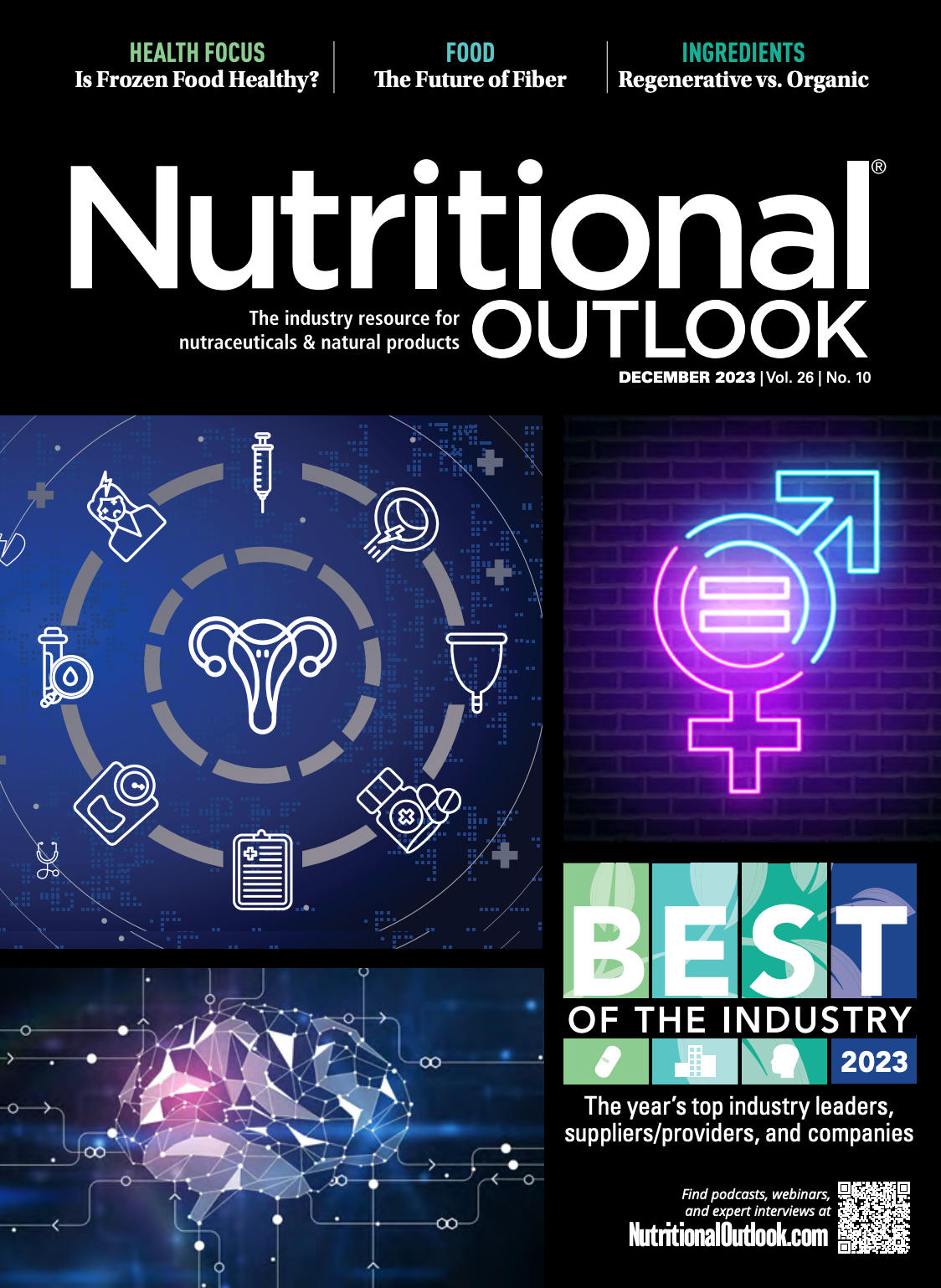
Prinova acquires Aplinova to further increase its footprint in Latin America
April 7th 2025Prinova has recently announced the acquisition of Brazilian ingredients distributor Aplinova, which is a provider of specialty ingredients for a range of market segments that include food, beverage, supplements, and personal care.


